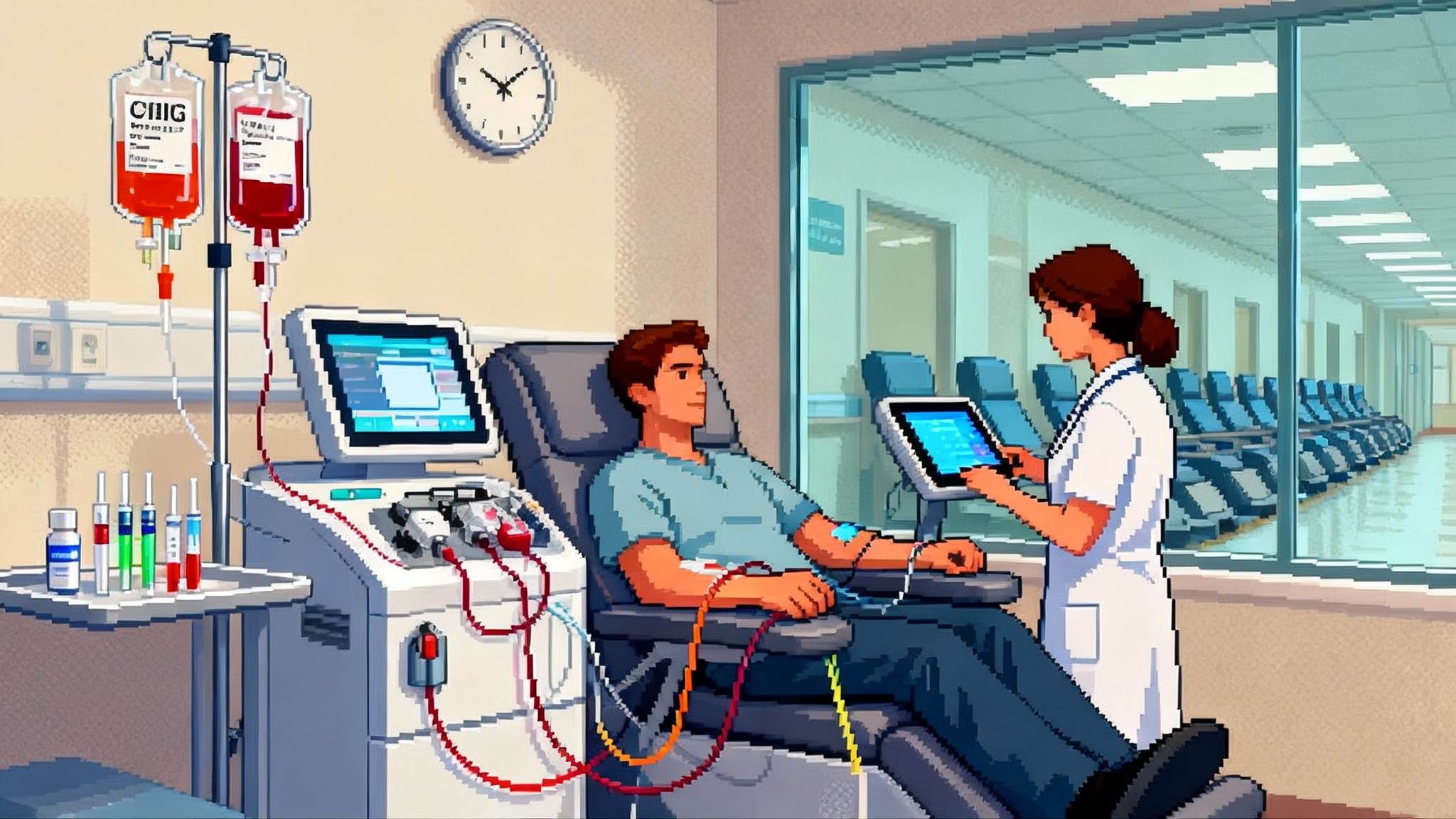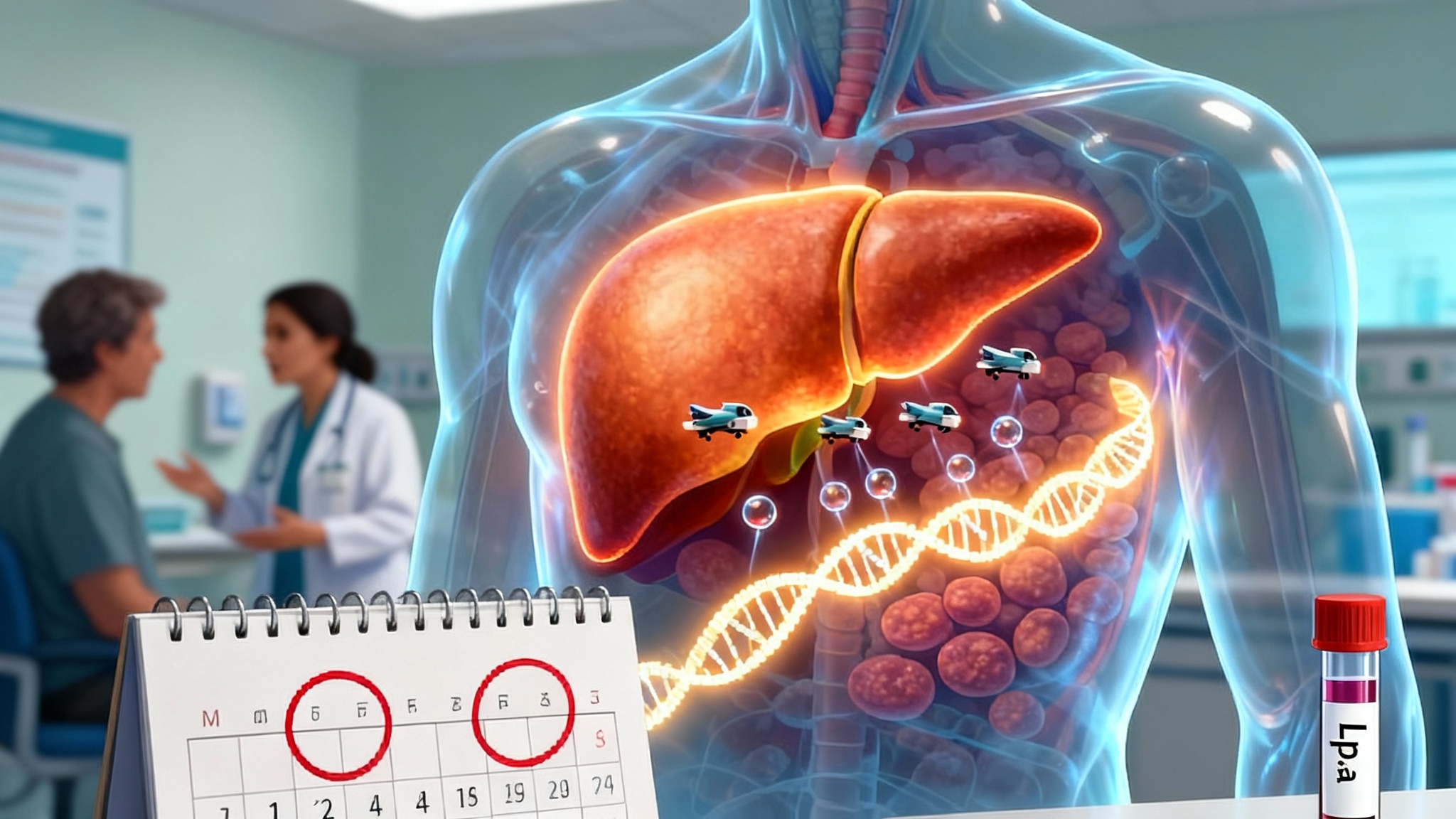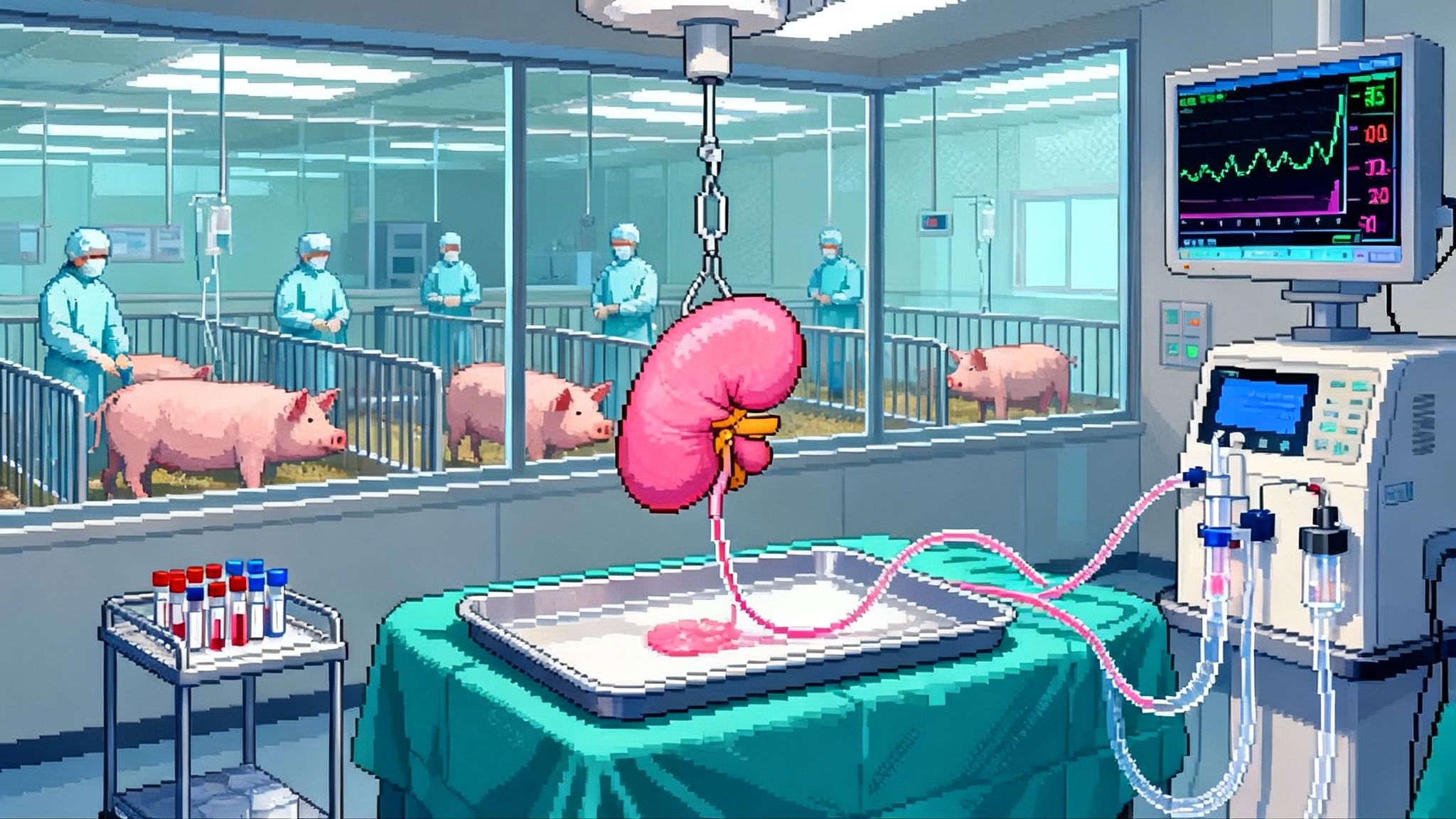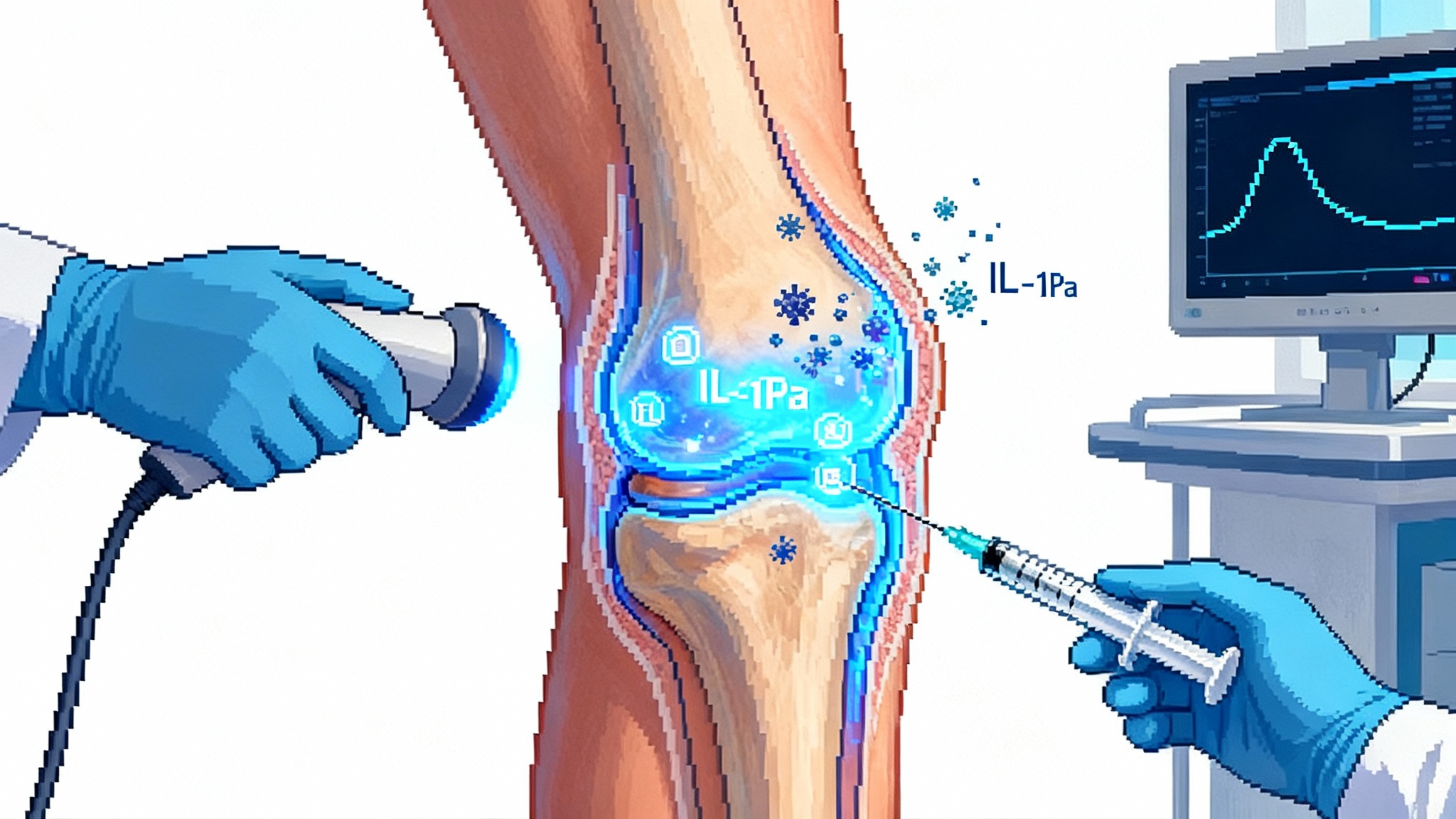Senolytics’ First Real Test: St. Jude’s Frailty Trial
In 2025, St. Jude’s SEN-SURVIVORS study gives senolytics a clean real-world test in adults who survived childhood cancer. If brief pulses of dasatinib plus quercetin or fisetin speed gait and lower T-cell p16INK4a, aging biology becomes a treatable target.
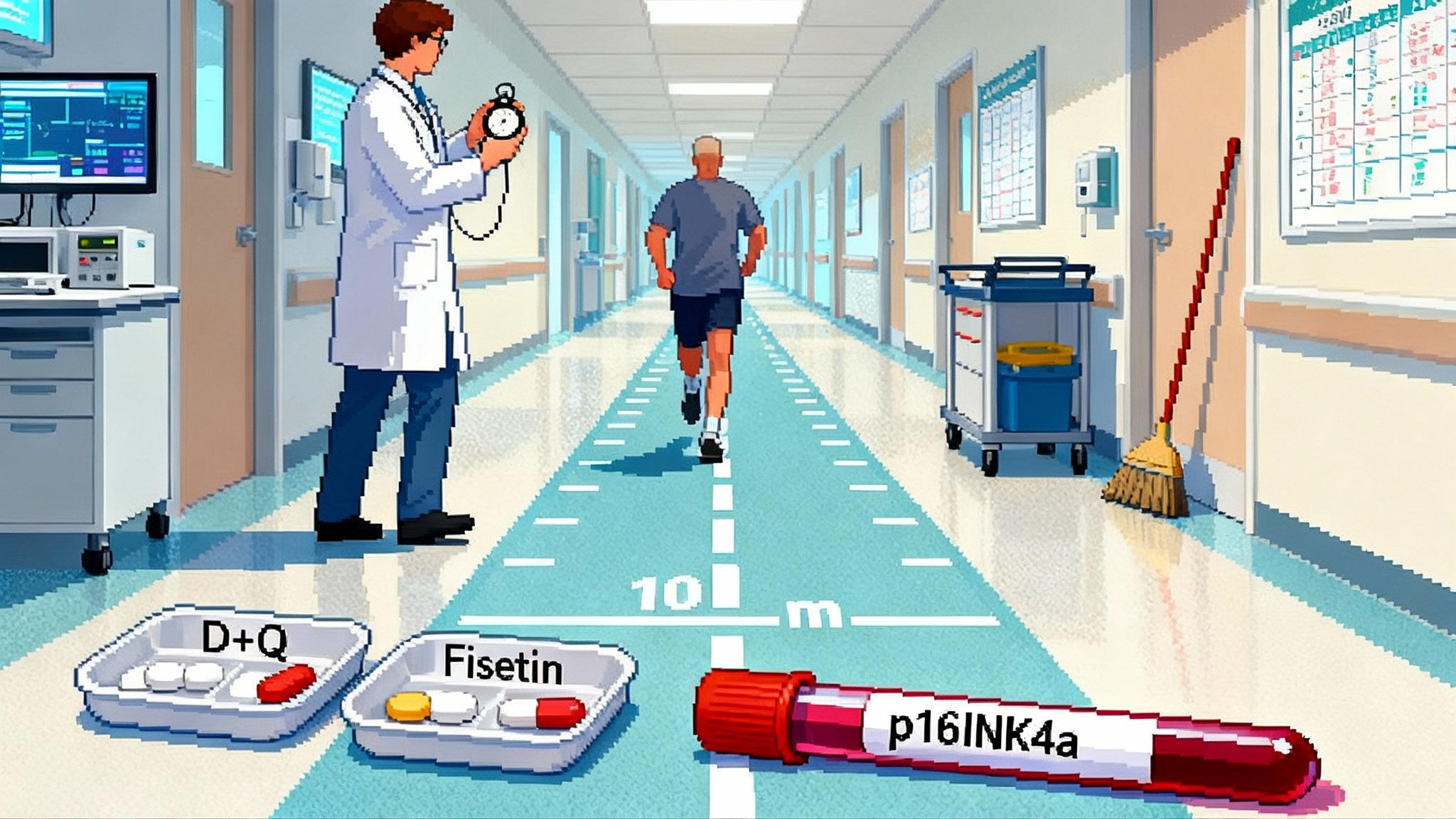
Breaking through the hype: senolytics finally meet the clinic
For a decade, senolytics lived in headlines and mouse labs. The idea sounds almost like science fiction: clear out worn out senescent cells and tissues recover function. In 2025 the concept is finally moving from promise to proof. St. Jude Children’s Research Hospital has opened a clean real-world test of senolysis as a healthspan strategy in people who need it most: adults who survived childhood cancer and now face early frailty.
As of August 2025, the SEN-SURVIVORS study is active and not recruiting. It is an open label pilot that compares intermittent pulses of dasatinib plus quercetin against fisetin alone. The study asks a simple question with big consequences: in this accelerated aging population, can brief courses of senolytics make people walk faster and lower a blood biomarker of senescence called p16INK4a in T cells. The official NCT04733534 listing confirms the design, the primary outcomes, and the status of the trial. See the official SEN-SURVIVORS trial listing.
Why childhood cancer survivors are the cleanest testbed in geroscience
If you want to test whether clearing senescent cells helps human physiology, you need a cohort where the signal is strong, the biology is well understood, and the outcome can change in months, not years. Adult survivors of childhood cancer check all three boxes.
- They have a defined history of DNA damaging treatments like chemotherapy and radiation that accelerates senescence and inflammation. That gives researchers a clear mechanistic reason to expect benefit.
- They develop physiological frailty decades earlier than matched peers. This creates a large dynamic range for improvement, which is critical in a small pilot.
- They are highly engaged with follow up through long running St. Jude survivor programs, which reduces attrition and improves data quality.
Think of this cohort as a wind tunnel for human aging: controlled airflow, well instrumented, and sensitive enough to quantify whether a design change matters. For a complementary approach that aims to reset the systemic milieu, see the plasma exchange human trial.
The medicines and the schedule, in plain language
The trial compares two approaches that aim at the same target: senescent cells that resist normal death signals.
- Dasatinib plus quercetin. Dasatinib is an approved leukemia medicine that, at lower intermittent doses, can push certain senescent cells over the edge into apoptosis. Quercetin is a plant flavonoid that nudges related survival pathways. The combination was one of the earliest senolytic recipes shown to clear particular senescent cell types in preclinical studies.
- Fisetin. Another flavonoid that has shown senolytic activity in some models. It is tested alone here to see whether a gentler regimen can still move hard outcomes.
Participants take their assigned regimen on six total dosing days spread across a short window. That pulsed schedule is a key design choice. Senescent cells accumulate slowly, so the goal is periodic cleanups, not daily suppression. Pulsing also limits toxicity while still allowing a deep biochemical push.
The two endpoints that matter
The study’s co-primary endpoints are practical and mechanistic.
- Gait speed. How fast a person walks over a short distance is a compact readout of whole body capacity. It integrates muscle, nerve, cardiovascular, and motivation. Small gains are meaningful and correlate with better outcomes in many settings. In this trial, walking speed is measured at baseline, again at 60 days, and then at 150 days to see whether any effect lasts after the drugs are stopped.
- T cell p16INK4a. p16INK4a is a cell cycle inhibitor that rises with cellular stress and correlates with senescent burden. Measuring it in peripheral blood T cells gives a repeatable, minimally invasive snapshot of senescence biology. If senolytics do their job, p16INK4a should trend down from baseline.
The pairing matters. A faster walk could be a placebo effect. A lower p16INK4a could be a lab artifact. Moving both in the right direction makes a much stronger case that biology changed in a way that people can feel. The broader shift toward blood-based markers is already reshaping clinics, as seen with Alzheimer’s blood tests in 2025.
Why this is a landmark for aging as a target
The central question in geroscience is not whether age-related changes exist. It is whether intervening on those changes improves function in real people. SEN-SURVIVORS is designed to answer that question with actionable clarity.
- If gait speed meaningfully increases and T cell p16INK4a declines by 60 days, it implies senolysis can generate measurable healthspan gains on a practical timescale.
- If the 150 day check shows that most of the benefit persists off treatment, it supports an intermittent maintenance model that would be feasible in clinics.
- If benefits are larger in those with higher baseline p16INK4a, it points to a biomarker guided way to select who should be treated.
This is what it would take for aging to become a druggable target in mainstream practice: a clear population, a short course regimen, a functional outcome, and a repeatable blood marker that moves with the outcome.
The trial’s strengths and limits
- Strengths. The cohort has an elevated senescent cell burden and early frailty, making signal detection more likely. The pulsed design reflects how senescence accrues in tissues. The two co-primary endpoints span function and mechanism. The six day dosing plan is simple enough to scale.
- Limits. It is open label, which can inflate effect sizes on subjective or effort dependent measures. To mitigate this, the study anchors on a cellular biomarker that should not be influenced by expectations. There is also no placebo arm here. The plan, if results are promising, is a randomized placebo controlled follow on, explicitly anticipated in the public listing.
What success would mean for patients, clinicians, and payers
- Patients. A new option to address the root biology behind fatigue, weakness, and slowed movement, delivered in a time limited dosing pattern rather than daily pills. If benefit persists for months, the burden stays low.
- Clinicians. A template for senescence targeted care that combines a short intervention with functional and molecular monitoring. The workflow looks like a vaccine visit plus a few follow ups.
- Payers. A regimen that may reduce downstream events and utilization. Gait speed is a leading indicator for falls, hospitalization, and disability. If a brief course shifts this metric, it points to near term savings, not just long term hope.
How the p16INK4a signal can steer the field
Blood based p16INK4a has two advantages. First, the assay is technically accessible, so it can be repeated to check durability or retreatment windows. Second, it ties the intervention to a shared pathway across multiple organs. If p16INK4a falls in this study and correlates with walking speed, the same readout can be used to triage who might benefit in other indications where senescence plays a role.
Think of p16INK4a like the altitude dial in a cockpit. It is not the whole flight deck, but if you climb to a safer altitude and your turbulence drops, clinicians gain confidence that the maneuver works and when to use it again.
The next wave: from broad senolytics to pinpoint senolysis
Even if dasatinib, quercetin, and fisetin help, the long term trajectory is toward more selective tools. Two fronts are moving fast.
- Senescence vaccines. Rather than giving a small molecule that makes many senescent cells vulnerable, a vaccine trains the immune system to recognize a protein that is enriched on senescent cells and clear them with precision. One compelling target is GPNMB, a membrane protein that is upregulated in several senescent cell types. In mice, a GPNMB directed vaccine improved age-related phenotypes and extended lifespan in a progeroid model. See the GPNMB senolytic vaccine in mice.
- Smarter BH3 mimetics. Many senescent cells rely on anti-apoptotic proteins like BCL-xL to stay alive. First generation inhibitors like navitoclax hit BCL-xL but also harm platelets, which limits dosing. Newer approaches degrade BCL-xL selectively, often by linking the drug to molecular tags that recruit the body’s disposal machinery. These proteolysis-targeting chimeras are being validated in oncology and could cross over to senolysis if safety profiles continue to improve.
Layered on top of these are cell surface antibody drug conjugates, oncolytic virus vectors that express suicide genes under senescence promoters, and localized delivery strategies for organs like the eye. In short, the toolbox is expanding from hammers to scalpels. The broader move toward short, episodic interventions echoes advances like one-shot OA gene therapy.
2025 to 2026: the decision window for senolysis as a drug class
By mid 2025, the field finally has a human experiment that connects mechanism to a daily life outcome on a realistic timeline. The SEN-SURVIVORS pilot reads out at 60 days and extends to 150 days. That means the geroscience community has a near term scoreboard, not a five year wait.
- If the pilot hits both co-primary endpoints, expect a rapid pivot to a randomized, placebo controlled phase 2 in the same population, with gait speed retained and composite frailty indices added. The community should also begin designing similar short trials in adjacent groups where accelerated senescence is implicated, such as survivors of hematopoietic stem cell transplant or people with HIV on long term antiretrovirals.
- If the results are mixed, biomarker stratification will be key. Baseline p16INK4a levels may identify a responder subgroup that justifies a targeted phase 2. Dose and pulse spacing could be tuned to deepen effect while staying safe.
- If results are negative on both fronts, it does not end senolysis, it narrows it. The next wave will need better targeting and scheduling. Vaccines, platelet sparing BCL-xL degraders, and local delivery will likely take the lead.
Either way, 2025 to 2026 becomes the decision window. Regulators will see whether there is a coherent efficacy signal tied to a measurable biological change. Health systems will see whether a short course can move a validated functional metric. Investors will see whether platform risk is becoming product traction.
What to watch, and what to do now
- Watch for the 60 day and 150 day data cuts. The shape of the curves matters. A fast drop in p16INK4a followed by a slow climb suggests quarterly pulses could be enough. A delayed p16INK4a response with steady gait gains suggests different kinetics are at play.
- Track adherence and adverse events by dosing day. Six day pulsing is close to real world tolerability. If most participants complete all doses with minimal issues, the regimen is operationally viable.
- Look for alignment between gait speed and other frailty measures. Concordance strengthens the case that the intervention is broadly restorative rather than a training artifact.
- For clinicians with survivor cohorts, begin standardizing gait speed measurement and consider adding p16INK4a testing in research settings. That creates a baseline for future senescence targeted care pathways.
- For companies building the next wave, prioritize targets that create selectivity by biology. Cell surface markers that are truly enriched on senescent cells in human tissues, degraders that spare platelets, and delivery systems that localize exposure will win.
A sober forecast, and a smart bet
Senolytics will not roll back the calendar. They will not cure every age-linked condition. But if this first real-world test shows that a short, pulsed course can make people walk faster and lower a senescence signal in blood, we will have crossed a threshold. Aging biology will have moved from a story about mice to a plan for clinics. The rest of the decade can then focus on doing it more precisely, more safely, and in the right people.
That is not hype. It is the beginning of a drug class.


